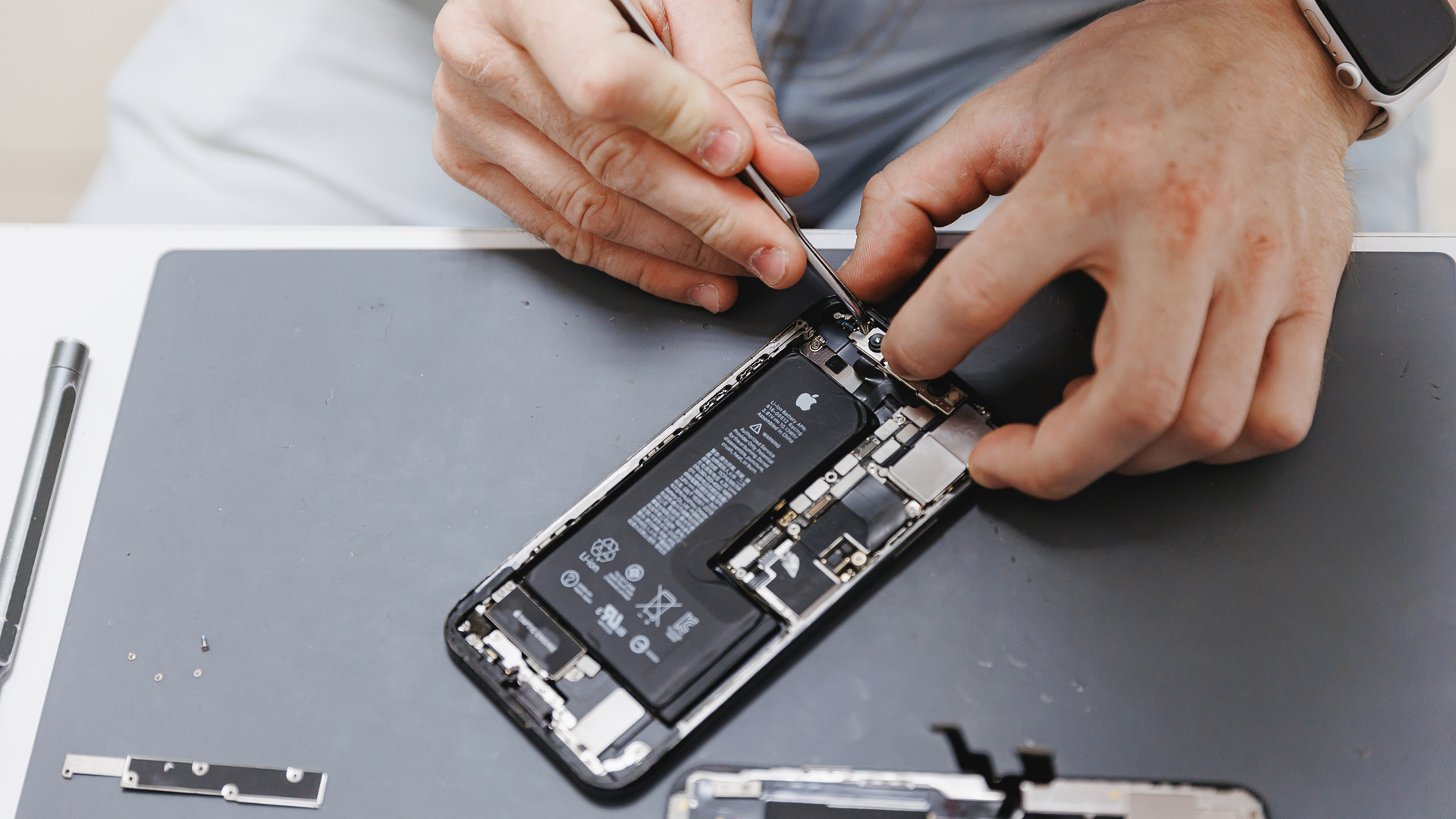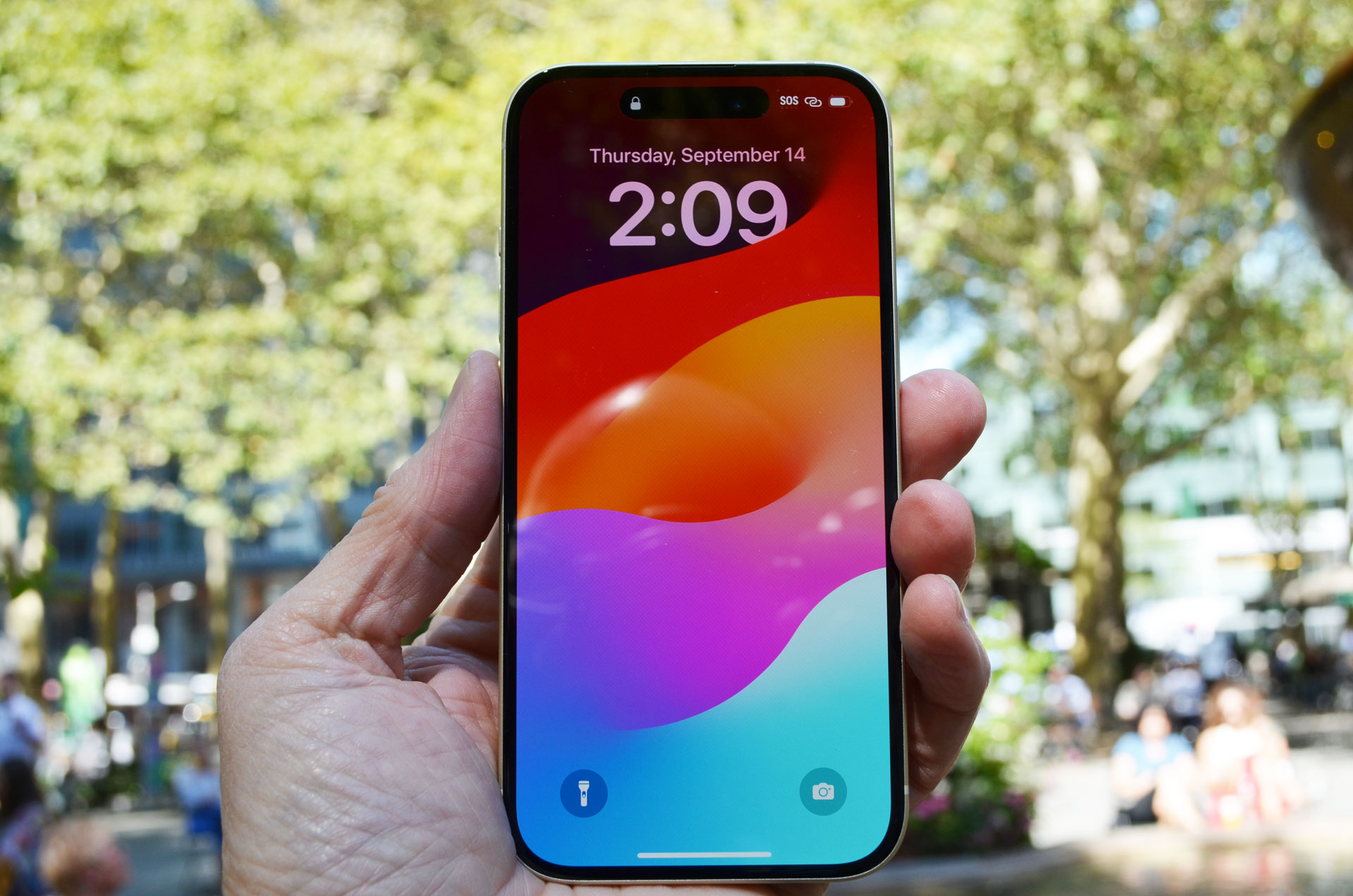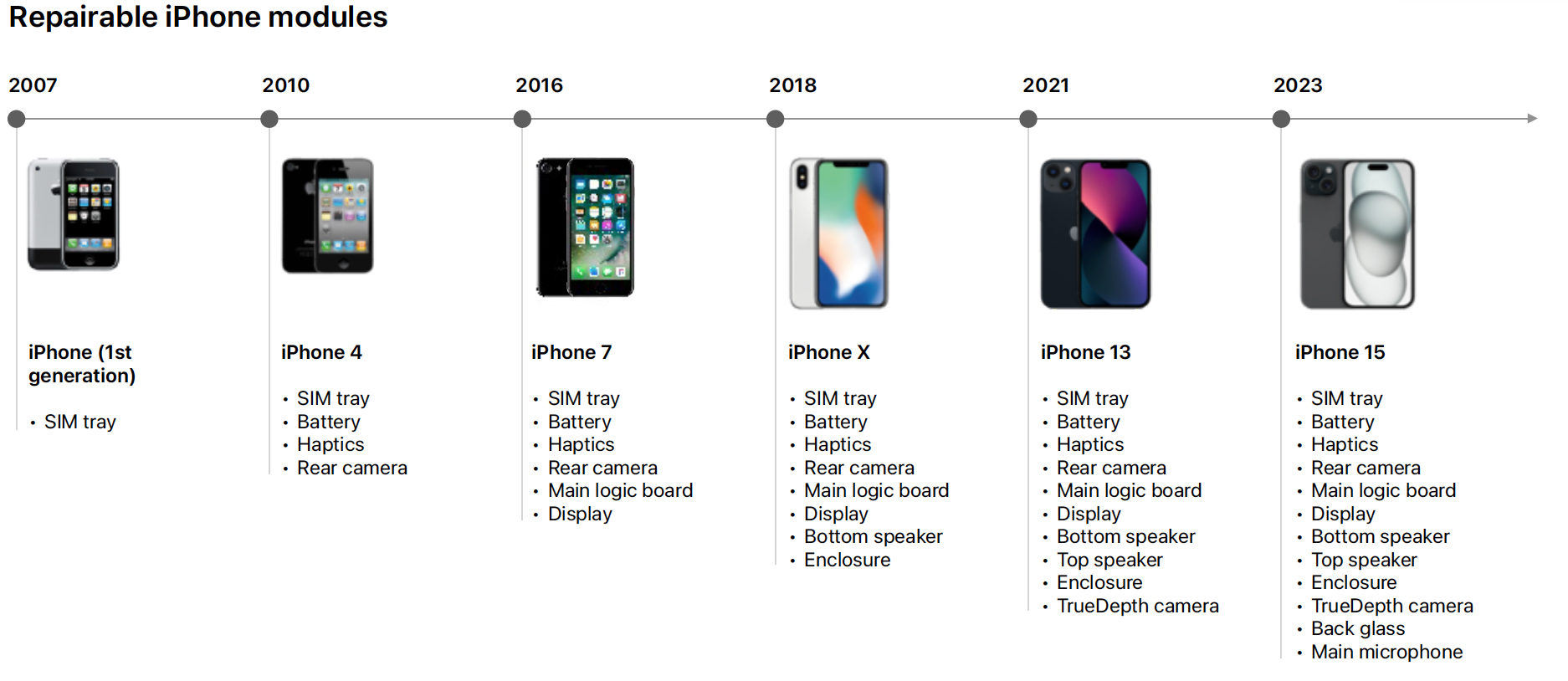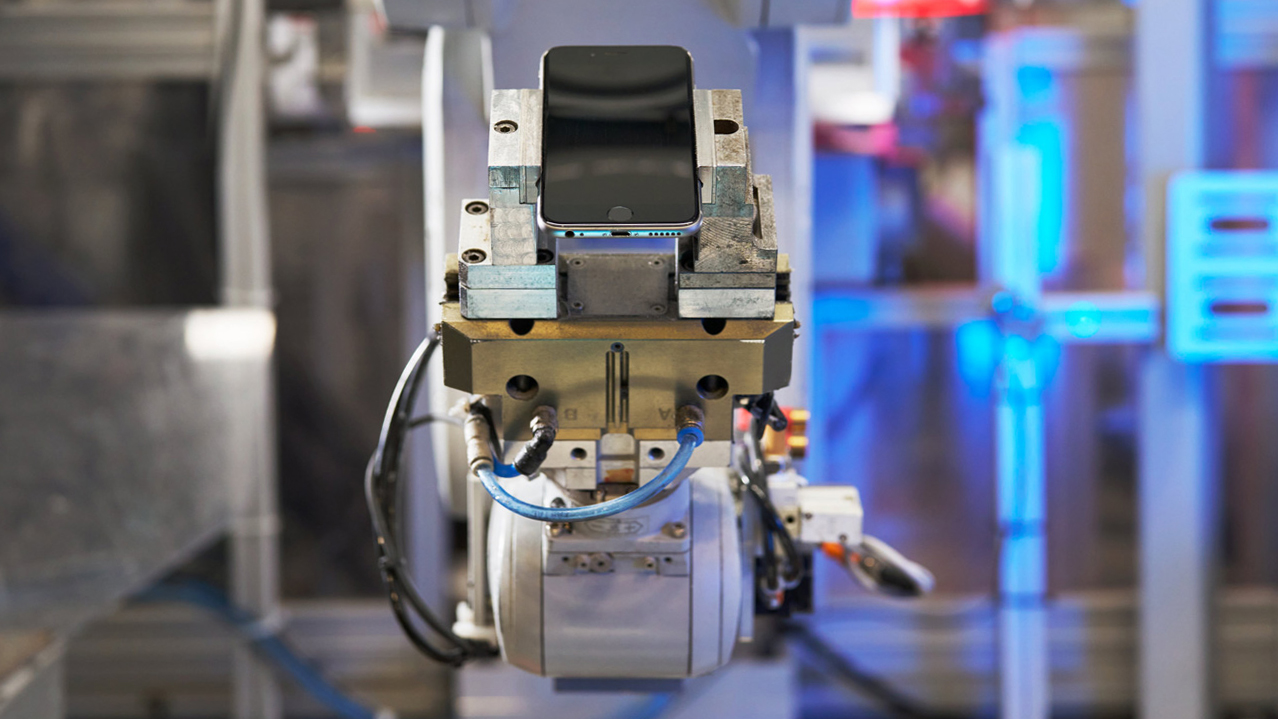Apple doesn’t think prioritizing repairability is always good for the environment – and it might be right
A new whitepaper details Apple's multi-pronged approach to repairability and durability

If you read Apple's new whitepaper, Longevity by Design, you quickly realize that the road to sustainability is paved with good intentions and a lot of variability. An iPhone that can be completely repaired is not, in Apple's view, the answer, nor is one that is so durable and locked down that it can not be accessed and repaired by human hands.
Apple made numerous concessions in recent years to the Right to Repair crowd, opening various components across its product line to repair by Apple technicians and third-party providers who now have access to parts, but Apple, the paper (PDF) makes clear, is not designing with a goal of 100% repairability.
As Apple's VP of hardware Engineering, John Ternus, notes in the document, "Designing the best, longest-lasting products in the world requires striking a balance between durability and repairability, while providing ongoing software updates — and we’re constantly looking for new and innovative ways to accomplish that mission.”
For repair hawks, the separation of components is key. Otherwise, it's impossible to replace that single component and, perhaps that short circuits the repair.

Building with carbon in mind
Apple, however, sees things differently and points to the iPhone charge port, which is part of a component that includes the microphone and other iPhone elements, a configuration that might frustrate efforts to repair it. Apple, however, notes that charge ports rarely need replacement. It's obviously more efficient to build the rarely-replaced part as part of a large piece. For Apple, however, it's more than that.
The paper makes the case that every additional individual component comes with its own carbon emissions costs.
"The higher manufacturing carbon emissions are only justified if the charging port requires replacement in at least 10% of devices. In fact, the actual service rate was below 0.1%, meaning Apple’s existing design approach yields lower carbon emissions over the lifetime of the device."
Get daily insight, inspiration and deals in your inbox
Sign up for breaking news, reviews, opinion, top tech deals, and more.
Cases like this and other less-frequently failing components, such as laptop display assemblies, memory architectures, and tablet back covers, lead Apple to conclude that there's a danger in always prioritizing repairability.
Naturally, some might see this as self-serving. Of course, Apple would see its design and build decisions as benefiting consumers and the environment, while the Right to Repair group might argue that every single component should be replaceable.
Is there a balance?

Apple isn't wrong, though, in concluding that numerous components on their devices rarely, if ever, fail, and it has done the work to make repairing or replacing oft-broken displays or depleted batteries easier than ever. Apple's approach here is more about targeted maximum repairability, but the focus on durability has been a long one, and it appears to be going strong,
Another good window into Apple's thinking is how, according to the white paper, it altered the iPhone design, but not in a way that might have pleased repair centers.
Early iPhones were ill-equipped to handle the accidental spill. Obviously, modern iPhones can handle a prolonged dip in a pool. In between that, Apple added new gaskets and more adhesive to iPhones to achieve some liquid resistance. Naturally, repairability suffered. However, Apple claims that repair rates dropped by 75%.
There is some logic to the idea that your best iPhone that doesn't fail because of a drop or spill will remain in use longer (it might even survive long enough to be handed down to someone else) and, therefore, remain out of recycling or landfills a little longer.
Ternus puts an even finer point on all of it in the paper with this statement:
"Repairability is an essential component of longevity, yet optimizing for repairability alone may not yield the best outcome for our customers or the environment."
There is no indication throughout the paper that Apple is stepping back on the repairability front. It claims that the iPhone 15 is the most repairable iPhone ever. An illustration shows how the first iPhone has exactly one repairable component: the SIM tray. By iPhone 7, Apple had added the battery, rear camera, main logic board, display, and the haptics motor. The list today runs to almost a dozen components.
What of recycling

The paper talks quite a bit about how enhanced durability lowers repair rates, which could increase product longevity. Still, it offers little new insight into Apple's recycling efforts, which include a pair of Apple tear-down and material recovery robots named Daisy in Austin and the Netherlands. Together, they process over 2 million iPhones across 12 models a year. But there are billions of iPhones out there. Apple can't send more iPhones to Daisy because of laws preventing the shipment of electronic waste across state lines. The company is, however, working with third-party recycling companies to help them find ways to make shredders better at removing these recyclable materials.
"In fiscal year 2023, 22% of the materials we shipped in our products came from recycled sources," notes the paper. Still, it feels like that's just scratching the surface. While Apple's efforts to make its products last longer are laudable, it's still unclear how active or successful the company is in preventing old Apple gadgets from ending up in landfills. A 2022 report claimed that five billion phones were being thrown away that year. There's no telling what percentage of those were iPhones.
Apple may take a nuanced approach to product sustainability but its stated goal of being carbon neutral for its entire carbon footprint by 2030 remains unchanged. It's clear that Apple sees this multi-pronged approach – Durability, Repairability, and Software Support (new OS versions supporting more aging devices and still serving updates to aging OSes) – as key pillars in its efforts.
But saying the quiet part out loud, that total repairability may not be the best path to sustainability, is unusual for a tech giant. Is Apple painting a more realistic picture than its competitors, or is it bending reality to serve its purposes? Perhaps only Mother Earth knows for certain.
You might also like

A 38-year industry veteran and award-winning journalist, Lance has covered technology since PCs were the size of suitcases and “on line” meant “waiting.” He’s a former Lifewire Editor-in-Chief, Mashable Editor-in-Chief, and, before that, Editor in Chief of PCMag.com and Senior Vice President of Content for Ziff Davis, Inc. He also wrote a popular, weekly tech column for Medium called The Upgrade.
Lance Ulanoff makes frequent appearances on national, international, and local news programs including Live with Kelly and Mark, the Today Show, Good Morning America, CNBC, CNN, and the BBC.